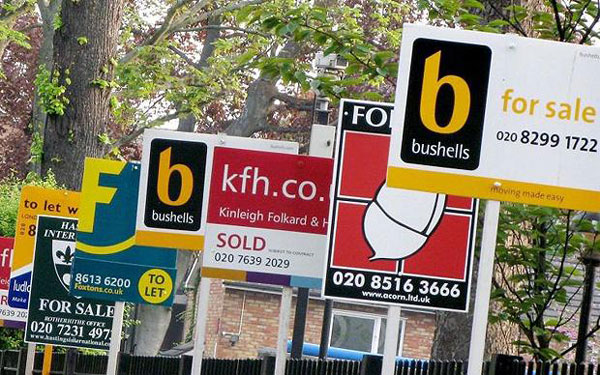Experienced Investor
Off-plan home sales plunge to lowest level since 2013

Guest Author:
Anna SagarAround 34% of new homes in England and Wales were sold in advance of being built last year, the lowest level since 2013, research has found.
According to figures from Hamptons, this is down from a peak of 46% in 2016 and is the fifth time in the last six years that the proportion of new homes sold off-plan has decreased.
The report said that the fall in the number of homes sold in advance shows a “steady decline in investors”, who it said were the “most likely” to buy off-plan.
It attributed this to the introduction of the 3% stamp duty surcharge on second homes in 2016.
The report noted that in 2015, 70% of off-plan buyers were investors, whereas in 2022 this figure stood at just 21%.
Off-plan sales for flats decrease
Hamptons said that flats made up around 38% of off-plan sales in 2022, but this has been falling over the past few years.

Why Life Insurance Still Matters – Even During a Cost-of-Living Crisis
Sponsored by Post Office
In 2007, flats were 71% of new homes sold off plans, moving to 53% in 2016.
This reflects a number of changes, including the ‘race for space’ during the pandemic where buyers increasingly looked for houses with more indoor and outdoor space.
It also shows lower investor participation as traditionally flats offer the highest yields and are more popular amongst investors, so fewer investors have resulted in fewer sales.
New terraced homes are more likely to sell off-plan than flats with the former pegged at 46% and the flats coming to 44%.
Region watch
From a regional perspective, the North West had the largest proportion of homes bought off-plan at 45%, followed by London at 44% and West Midlands at 35%.
The report noted that London normally had the highest proportion of off-plan sales but the shift from flats to houses had impacted its popularity.
The report continued that 200 developments accounted for around half of off-plan sales nationally, and half of new homes sold in advance of completion occurred in areas where average yields were over 10%.
This has meant a “resilient” number of off-plan sales in Northern England as yields are higher and it is more popular with landlords.
However, the report added that sales have also held up in areas of the South with higher yields, so flats outside of London are more likely to be sold off-plan at 44%, than those in London at 43%.
Luton accounted for 83% of all new homes sold in advance of completion, followed by Manchester at 73% and with Birmingham at 66%.
A shift in buyer
David Fell, lead analyst at Hamptons, said: “Smaller new houses are now more likely to be sold off-plan than flats. This reflects Covid-induced changes alongside a shift in who is willing to buy before a new home is completed.
“Off-plan demand has steadily moved away from investors buying two or three years in advance towards first-time buyers who are typically looking to move home within six to 12 months. The majority, however, still want to wait to see a finished product.”
He continued: “Slowing rates of price growth have also reduced the incentive for some buyers to get in early. A decade ago, investors buying well in advance of completion often saw the value of their new home rise 20% to 40% between exchange and completion. But as price growth has slowed, buyers have in general become less willing to commit to purchases years in advance of completion.
“Overall, the continued slowdown in the number of new homes sold off-plan coupled with the end of Help to Buy is hitting most housebuilder’s bottom lines. Slowing sales rates mean that some developers are slowing down the pace of work in order to reduce their risk.”
Fell said that without the relaunch of Help to Buy or a similar scheme, in the short term, it’s “likely to mean far fewer homes will be built in 2023 than there have been over the last couple of years”.